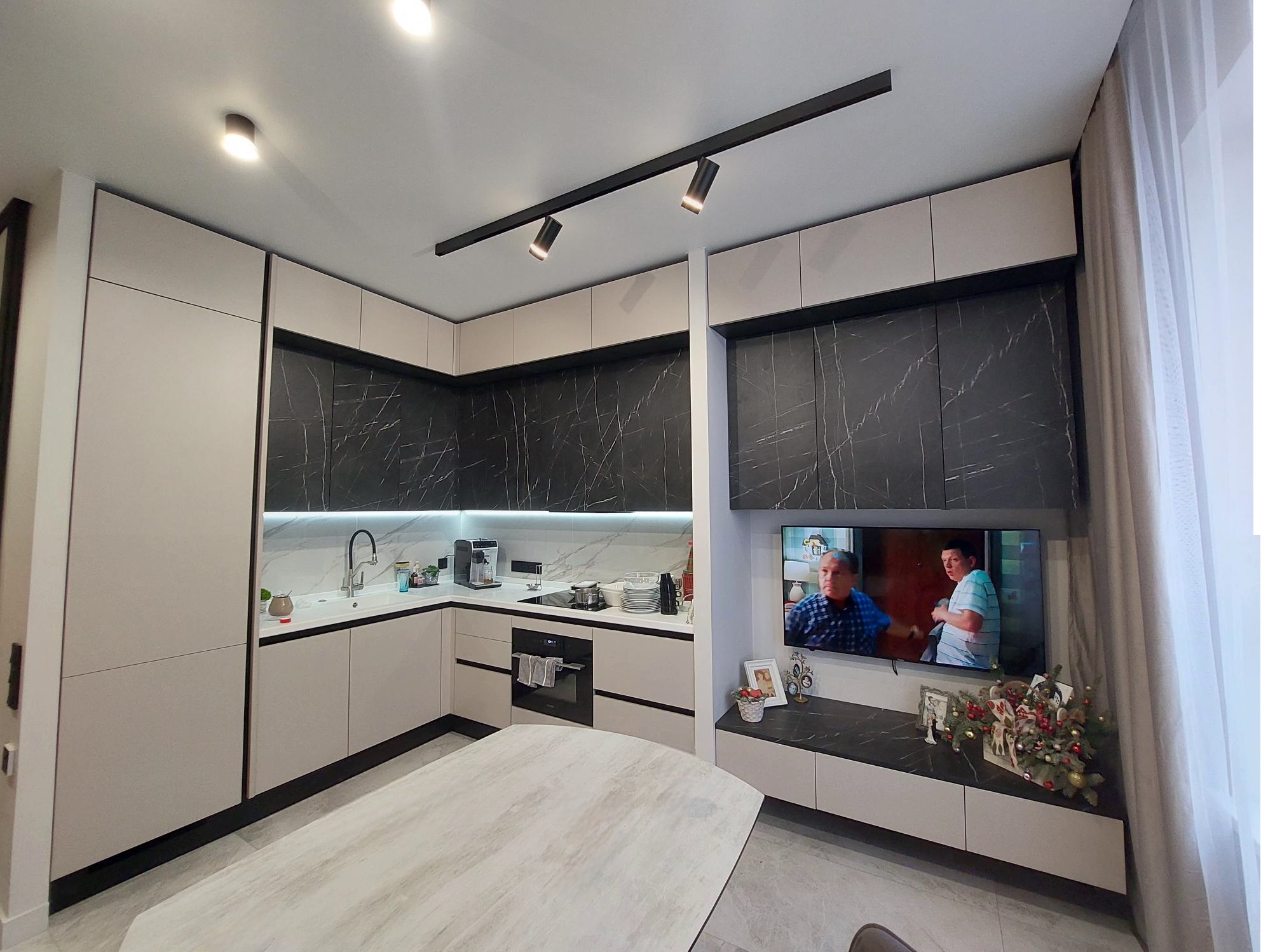
Exploring Home Culinary Design
The art of home culinary design extends far beyond cooking delicious meals. It encompasses the creative act of crafting a welcoming environment in which food is the centerpiece. Mastering this domain requires a blend of aesthetic sensibility, organization skills, and a deep understanding of culinary practices. Whether you're a seasoned chef or an eager novice, refining your home culinary design can elevate the dining experience and infuse your space with personal flair.
Creating a Functional Layout
Before delving into intricate design elements, it's crucial to establish a functional kitchen layout. This should balance the golden triangle of the refrigerator, stove, and sink. An efficient layout minimizes movement and saves time, allowing for more focus on the creative aspects of cooking. Consider your kitchen's workflow and adjust it to streamline your cooking process.
Choosing a Cohesive Theme
Culinary design is as much about aesthetic appeal as it is about function. Settling on a cohesive theme for your kitchen and dining area can provide both direction and personalization. Whether you're drawn to rustic charm, sleek modernism, or eclectic vibrancy, ensure that your selection resonates with your tastes. Kitchen decor, utensils, and even food presentation can all align with your chosen motif to create a harmonious environment.
Implementing Smart Storage Solutions
Smart storage is a cornerstone of kitchen design. Maximize space with clever solutions like magnetic knife strips, pot racks, and in-cabinet organizers. Transparent storage containers not only make it easy to identify ingredients but also contribute to a clean, organized look. Consider the ergonomics of your storage to keep frequently used items within reach and lesser-used equipment stored out of the way.
Incorporating Personal Touches
Your home's culinary space should echo your personality. Display your favorite cookbooks, hang unique pieces of art, or integrate plants to add life and color. Personal touches transform a space from a cooking area into a living extension of yourself and your family. This comfort can be the secret ingredient to making better and more enjoyable meals.
Mastering Lighting and Ambiance
Proper lighting can significantly influence the mood and functionality of your kitchen and dining space. Aim for a mix of ambient, task, and accent lighting. Under-cabinet lighting, for example, provides direct illumination for food prep, while pendant lights can create a warm ambiance for dining. Dimmer switches are excellent tools for adjusting the mood for different culinary events, from lively family gatherings to intimate dinners for two.
Emphasizing Presentation and Plating
The presentation of your culinary creations is the final touch in home culinary design. Invest in a variety of dishware that serves both utility and style, allowing your meals to be framed perfectly. Learn the basics of plating techniques to enhance the visual appeal of your dishes. Remember, the first bite is with the eye; appealing presentations help set the tone for a delightful dining experience.
Keeping a Sustainable Practice
Incorporating sustainable practices into your home culinary design is not only good for the planet but also for your well-being. Utilize energy-efficient appliances, compost food waste, and opt for reusable or biodegradable materials wherever possible. Growing your own herbs or even vegetables can reduce your environmental footprint while providing fresh and flavorful additions to your meals.
Conclusion
Mastering home culinary design is a rewarding process that involves a mix of practicality and creativity. By crafting a space that embodies efficiency, personal style, and a welcoming atmosphere, every meal can become a more enjoyable and immersive experience. Remember that the foundation of good design lies in a space that works for you and the people you share it with – because at the core, cooking and dining are all about coming together and sharing moments.